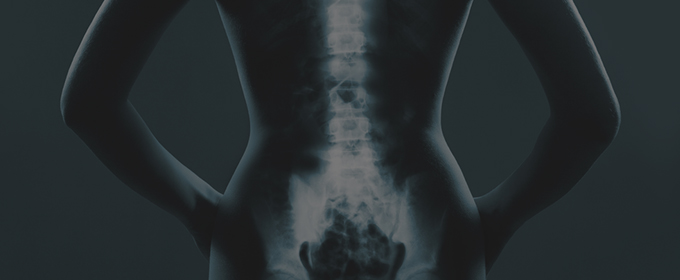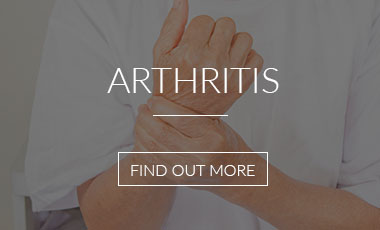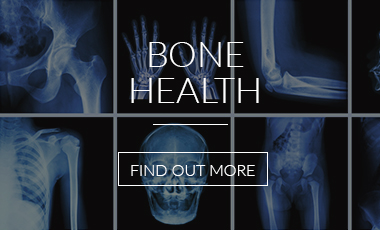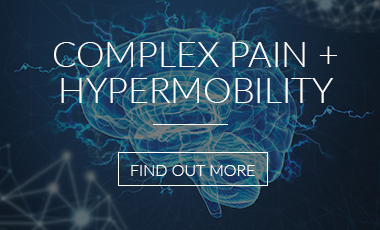Spinal pain is the most common of musculoskeletal complaints – an estimated 60 to 80% of people in the UK are affected at some time in their lives and it can strike anyone at any age.
The spine is composed of a number of elements and therefore there are a number of potential sources of pain. The spine is made up of smaller bones called vertebrae, which are separated by discs. These discs allow the spine to bend and take a load through the body. These discs are supported by muscles and ligaments.
The spinal cord threads through the centre of each vertebra, carrying nerves from the brain to the rest of the body. The joints at the back of each the vertebrae, one on the left and one on the right, are called the facet joints. They can become easily inflamed and have many pain fibres. Arthritis can develop here.
Sources of back pain
Disc problems, facet joints, nerves, bone, muscle or ligaments can all be a source of pain. An early diagnosis through identification of the sources and the contributing factors to the development of the problem help to provide a focused treatment plan for short and long term benefit.
Back pain may be associated with other symptoms: it may have more serious underlying causes. This includes abnormality of the spine; an infection or a collapse of the specific problem by a medical assessment is appropriate in order to devise customised treatment.
See a doctor if you have any of the following symptoms:
- Fever
- Redness or swelling on the back
- Pain down the legs and below the knees
- Numbness or weakness in one or both legs
- Loss of bladder, or bowel control
A doctor should also be consulted if:
- Pain lasts longer than a week
- Pain is the result of an injury, a fall or a blow to the back
- Pain lasts for more than a few days in someone aged under 20 or over 55
Management of Spinal Pain
An early diagnosis is important to ensure a positive prognosis.
Treatments are customised to the patient and are influenced by the underlying source of the pain and reasons for its onset.
They include exercise regimes, biomechanical approaches, postural awareness work, acupuncture, medications, targeted injections, manipulation, relaxation therapies and – rarely – surgery.







